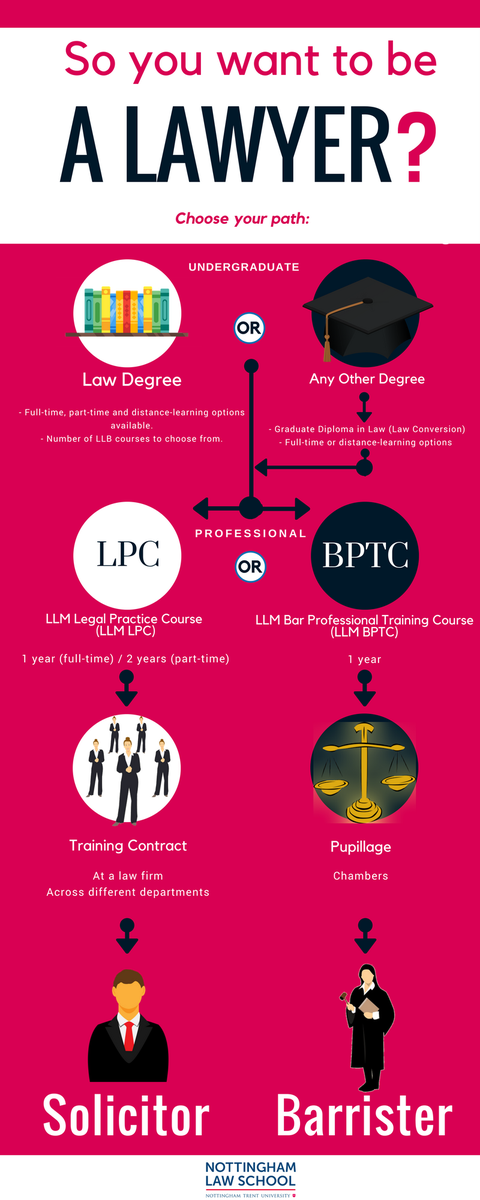What Occurs During A Criminal Test: A Detailed Overview
What Occurs During A Criminal Test: A Detailed Overview
Blog Article
Article By-McLean Carter
When you step into a criminal test, you might be surprised by the organized process that unfolds. Everything starts with jury selection, where prospective jurors are scrutinized for biases with a method called "voir dire." Afterwards, both sides present their opening statements, setting the stage for the evidence and testimonies to adhere to. You'll see how the prosecution and protection construct their situations, however what happens next can substantially influence the result. Recognizing these phases can disclose the complexities of justice, but there's even more to uncover concerning the defining moments that follow.
Jury Selection Process
When it pertains to the jury selection procedure, you're diving into an essential stage of a criminal trial. This procedure, often called "voir dire," involves wondering about potential jurors to ensure they're honest and capable of supplying a fair judgment.
Learn Alot more 'll see both the prosecution and defense attorneys participating actively, each intending to choose jurors that align with their instance's story.
During voir dire, you'll discover that attorneys ask questions about jurors' backgrounds, beliefs, and experiences. Their goal is to recognize any kind of pre-existing biases that can influence a juror's choice. As a juror, you might really feel a mix of uneasiness and curiosity, but your sincerity is necessary.
After questioning, lawyers can test certain jurors for reason if they believe a juror can't continue to be neutral. They can additionally use a minimal number of peremptory obstacles to dismiss jurors without specifying a reason.
Trial Phases Explained
The phases of a criminal test play a vital function in ensuring a fair and structured procedure.
You'll initially run into the opening statements, where both the prosecution and protection describe their situations. This sets the stage wherefore's to find.
Next off, the prosecution presents its proof and witnesses, intending to verify the offender's shame beyond a practical doubt. You'll see direct examination adhered to by interrogation, enabling both sides to challenge the presented details.
After the prosecution rests its case, it's the defense's turn. They'll provide their evidence and witnesses, typically concentrating on developing practical doubt. You'll notice that the defense does not need to verify innocence; they just need to test the prosecution's case.
Once both sides have actually provided their arguments, you'll hear shutting declarations, where each celebration summarizes their case. This is essential as it strengthens their positions prior to the jury ponders.
Throughout these phases, the court guarantees that the trial sticks to lawful standards and that the legal rights of both celebrations are shielded.
Comprehending these stages will aid you appreciate the complexities associated with a criminal trial and the importance of each action in the search of justice.
Verdict and Punishing
Nevertheless evidence has actually been presented and arguments made, the court or judge delivers a judgment, identifying the defendant's regret or innocence. If you become part of the jury, you'll deliberate with your other jurors, talking about the evidence and your impacts. This procedure can take some time, as you'll intend to make sure everybody settles on the judgment based upon the facts.
When a decision is reached, it's announced in court. If the defendant is found guilty, the following phase is punishing. This is when the judge decides the appropriate penalty. You may observe that numerous elements affect the sentence, such as the seriousness of the criminal offense, the offender's previous record, and any type of mitigating conditions.
The court might impose a variety of sentences, from fines and community service to imprisonment. Often, the protection or prosecution can present disagreements concerning sentencing, attempting to guide the court's choice.
If the defendant is found not guilty, they're acquitted, and no penalty complies with. Keep in mind that a guilty decision can frequently lead to allures, where the offender may test the judgment or the sentence imposed.
Conclusion
In a criminal trial, you have actually seen exactly how critical each action is, from court option to the last decision. You've adhered to the prosecution and defense as they develop their situations, intending to convince the court. When deliberation concludes, the verdict determines the result, and if the accused is condemned, the sentencing phase begins. Recognizing these processes assists you appreciate the complexities of the justice system and the relevance of each duty in ensuring a reasonable test.
